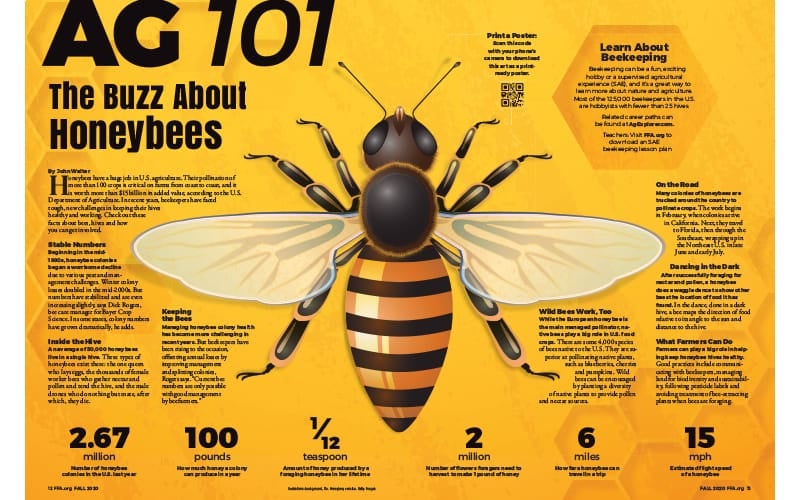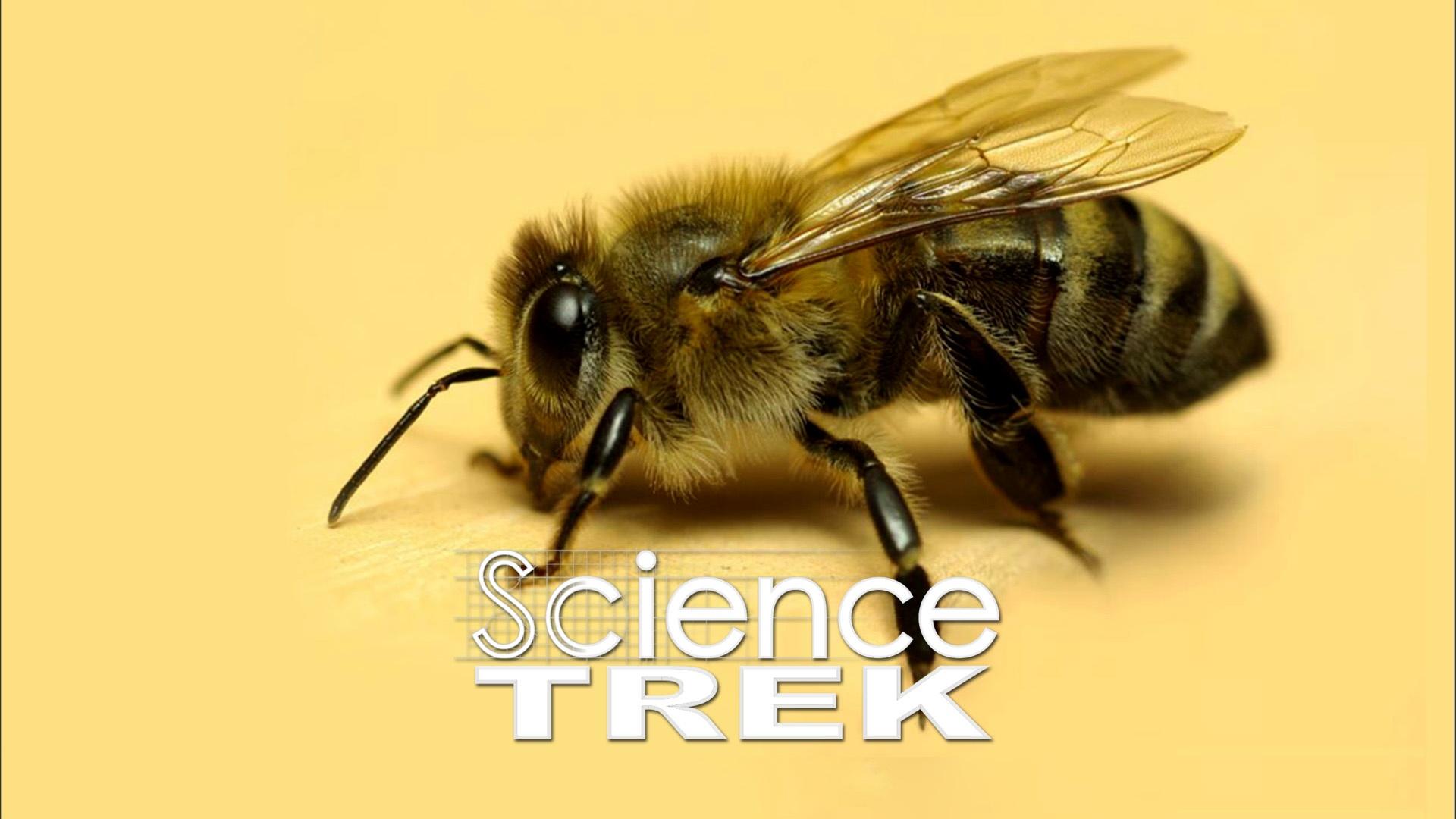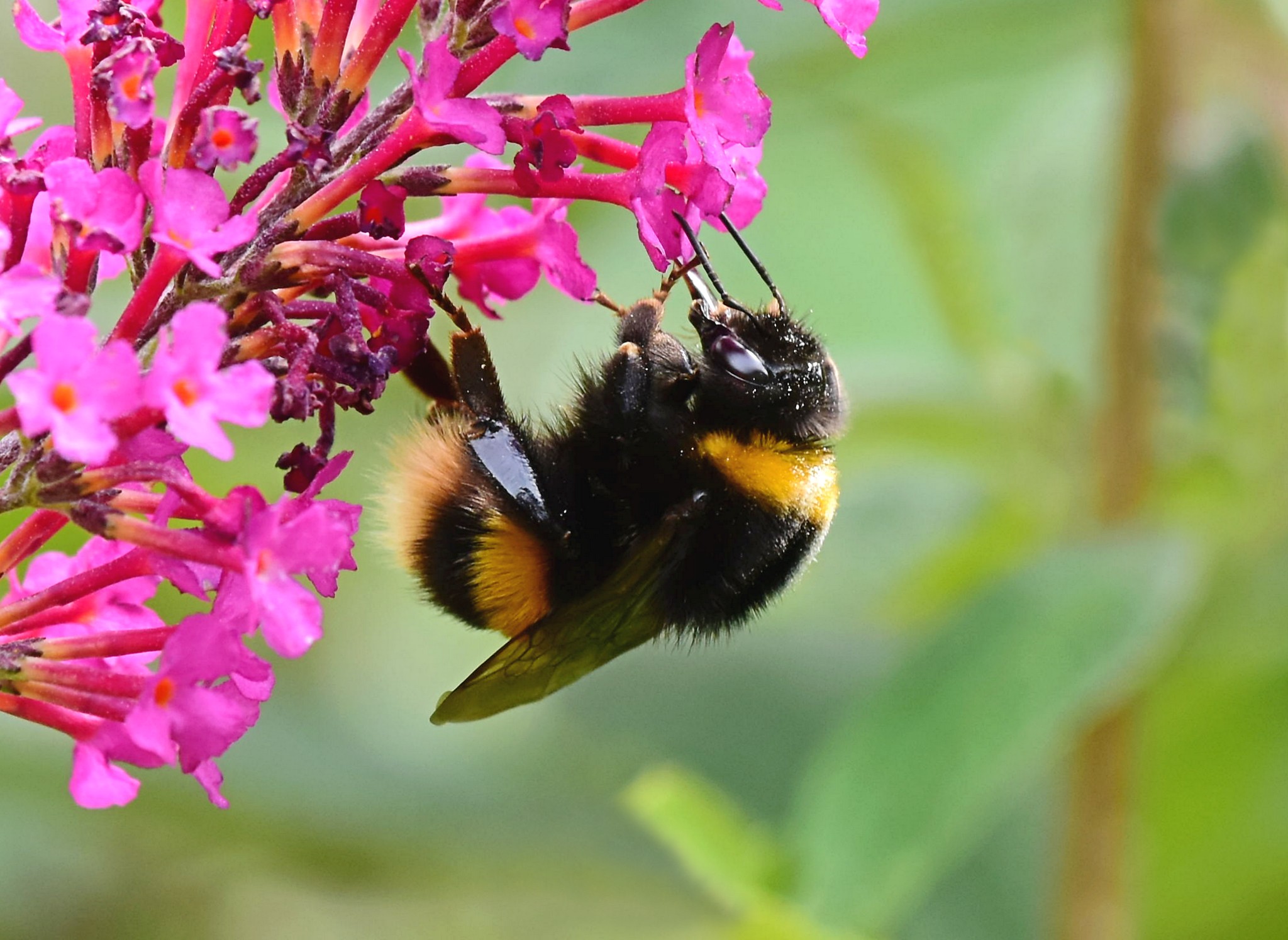The Buzz About Bees: More Than Just Honey

Bees, those fuzzy, buzzing insects, are far more than just honey producers. They are a keystone species, playing a vital role in the health of our planet and the sustenance of our food supply. This article delves into the fascinating world of bees, exploring their biology, social structure, ecological importance, the threats they face, and what we can do to help them thrive.
A Glimpse into the Bee Family:
The term "bee" encompasses a vast and diverse group of insects belonging to the superfamily Apoidea within the order Hymenoptera. This group includes over 20,000 known species, each with its own unique characteristics and ecological niche. While the honeybee (Apis mellifera) is perhaps the most well-known, it represents only a tiny fraction of the bee population.
Bees are distinguished from other insects by several key features. They possess branched or plumose hairs that efficiently collect pollen, a vital food source for their young. They also have specialized structures for carrying pollen, such as pollen baskets on their hind legs (found in honeybees and bumblebees) or scopa – dense brushes of hairs on their abdomens or legs. Their mouthparts are adapted for both chewing and sucking, allowing them to collect pollen and nectar.
The Social Hierarchy of Honeybees:
Honeybees are renowned for their complex social organization, living in highly structured colonies that can contain tens of thousands of individuals. This social structure is based on a division of labor among three distinct castes:
The Queen: The queen is the sole fertile female in the colony, responsible for laying all the eggs. She is larger than the other bees and is fed royal jelly, a nutrient-rich substance produced by worker bees, throughout her life. The queen controls the colony through pheromones, chemical signals that regulate the behavior of the other bees.
The Workers: Worker bees are sterile females that perform all the tasks necessary for the survival of the colony. Their duties change throughout their lives, starting with cleaning cells and feeding larvae, progressing to building comb, guarding the hive, and eventually foraging for nectar and pollen. Worker bees live for only a few weeks during the active season, exhausting themselves with their tireless work.
The Drones: Drones are male bees whose sole purpose is to mate with the queen. They do not participate in any of the work within the hive and rely on the workers for food. Drones are only present in the colony during the mating season and are expelled from the hive in the fall.


The Importance of Pollination:
Bees are essential pollinators, playing a crucial role in the reproduction of many plants, including a significant portion of the crops that humans rely on for food. As bees forage for nectar, they inadvertently transfer pollen from the male parts of a flower (anthers) to the female parts (stigma), enabling fertilization and the production of seeds and fruits.
The economic value of bee pollination is estimated to be in the billions of dollars annually. Without bees, the yields of many crops, such as almonds, apples, blueberries, and watermelons, would be significantly reduced, leading to higher food prices and potential food shortages.

Beyond agriculture, bees also play a vital role in the pollination of wild plants, maintaining the biodiversity and health of natural ecosystems. They contribute to the reproduction of wildflowers, shrubs, and trees, supporting a wide range of other animals that depend on these plants for food and shelter.
The Threats to Bee Populations:
Unfortunately, bee populations around the world are facing a multitude of threats, leading to declines in both wild and managed bee colonies. These threats include:
Habitat Loss: The conversion of natural habitats into agricultural land and urban areas has reduced the availability of food and nesting sites for bees. Monoculture farming, where vast areas are planted with a single crop, further exacerbates this problem by providing only a limited and temporary source of food.
Pesticide Use: Neonicotinoids, a class of insecticides widely used in agriculture, have been shown to have detrimental effects on bees. These chemicals can impair their navigation, learning, and foraging abilities, ultimately weakening or killing entire colonies.
Parasites and Diseases: Bees are susceptible to a variety of parasites and diseases, including the Varroa mite, tracheal mites, and fungal infections. These infestations can weaken bees, making them more vulnerable to other stressors.
Climate Change: Changes in temperature and rainfall patterns can disrupt the synchrony between bees and the plants they rely on for food. Warmer temperatures can also lead to the spread of invasive species that compete with bees for resources.
What Can We Do to Help Bees?
Protecting bees is essential for the health of our planet and the future of our food supply. There are many things that individuals, communities, and governments can do to help bees thrive:
Plant Bee-Friendly Flowers: Choose a variety of native flowers that bloom at different times of the year to provide a continuous source of nectar and pollen for bees. Avoid using pesticides on your flowers and gardens.
Create Bee Habitat: Leave patches of bare ground for ground-nesting bees. Provide nesting materials such as hollow stems, twigs, and leaf litter.
Support Local Beekeepers: Buy honey and other bee products from local beekeepers who practice sustainable beekeeping methods.
Reduce Pesticide Use: Advocate for policies that restrict the use of harmful pesticides, such as neonicotinoids. Support organic farming practices.
Educate Others: Spread awareness about the importance of bees and the threats they face. Encourage others to take action to help bees.
Support Research: Funding scientific research to better understand bee biology, behavior, and the factors contributing to their decline is crucial for developing effective conservation strategies.
FAQ:
Q: Are all bees honeybees?
A: No, honeybees are just one species within the vast diversity of bees. There are over 20,000 known species of bees, each with unique characteristics.
Q: What is Colony Collapse Disorder (CCD)?
A: CCD is a phenomenon where worker bees abruptly disappear from a hive, leaving behind the queen and a few remaining bees. The exact cause of CCD is still unknown, but it is likely a combination of factors, including pesticide exposure, parasites, and nutritional stress.
Q: What is the difference between honeybees and bumblebees?
A: Honeybees are smaller and more slender than bumblebees. Honeybees live in large, permanent colonies, while bumblebees live in smaller, annual colonies. Bumblebees are also more efficient pollinators of some crops, such as tomatoes, due to their ability to "buzz pollinate."
Q: How can I tell if a bee is aggressive?
A: Most bees are not aggressive and will only sting if they feel threatened. However, some species, such as Africanized honeybees, are more defensive. If a bee is buzzing aggressively around your head or repeatedly bumping into you, it is best to move away slowly and calmly.
Q: What should I do if I get stung by a bee?
A: Remove the stinger as quickly as possible by scraping it out with a fingernail or credit card. Wash the area with soap and water. Apply a cold compress to reduce swelling. If you experience any signs of an allergic reaction, such as difficulty breathing, hives, or dizziness, seek immediate medical attention.
Conclusion:
Bees are an integral part of our ecosystem and play a critical role in our food security. Their decline is a serious threat that requires urgent action. By understanding the challenges they face and taking steps to protect them, we can help ensure that these vital pollinators continue to thrive for generations to come. From planting bee-friendly gardens to supporting sustainable agriculture practices, every effort, no matter how small, can make a difference in the lives of these remarkable creatures and the health of our planet. Let’s all do our part to keep the buzz alive.

